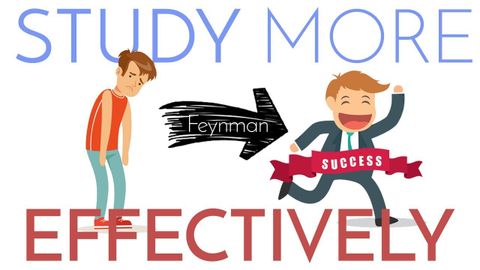如何更有效地學習|費曼技術(Feynman Technique) (How to Study More Effectively | Feynman Technique)
 沒有此條件下的單字
沒有此條件下的單字US /ˈstrʌɡəl/
・
UK /'strʌɡl/
- v.t./i.奮鬥;掙扎;打鬥;搏鬥
- n. (c./u.)掙扎;掙扎;奮鬥;難題
US /ˈstrætədʒi/
・
UK /'strætədʒɪ/
US /ˈmʌltəpəl/
・
UK /ˈmʌltɪpl/
- adj.多重的;多種的;多發性的;多重的
- n. (c.)多;多個的;乘數
- pron.多重的
US /ˌrɛkəˈmɛnd/
・
UK /ˌrekə'mend/
